Japanese Maple Care And Pruning - Tips For Japanese Maple Trimming
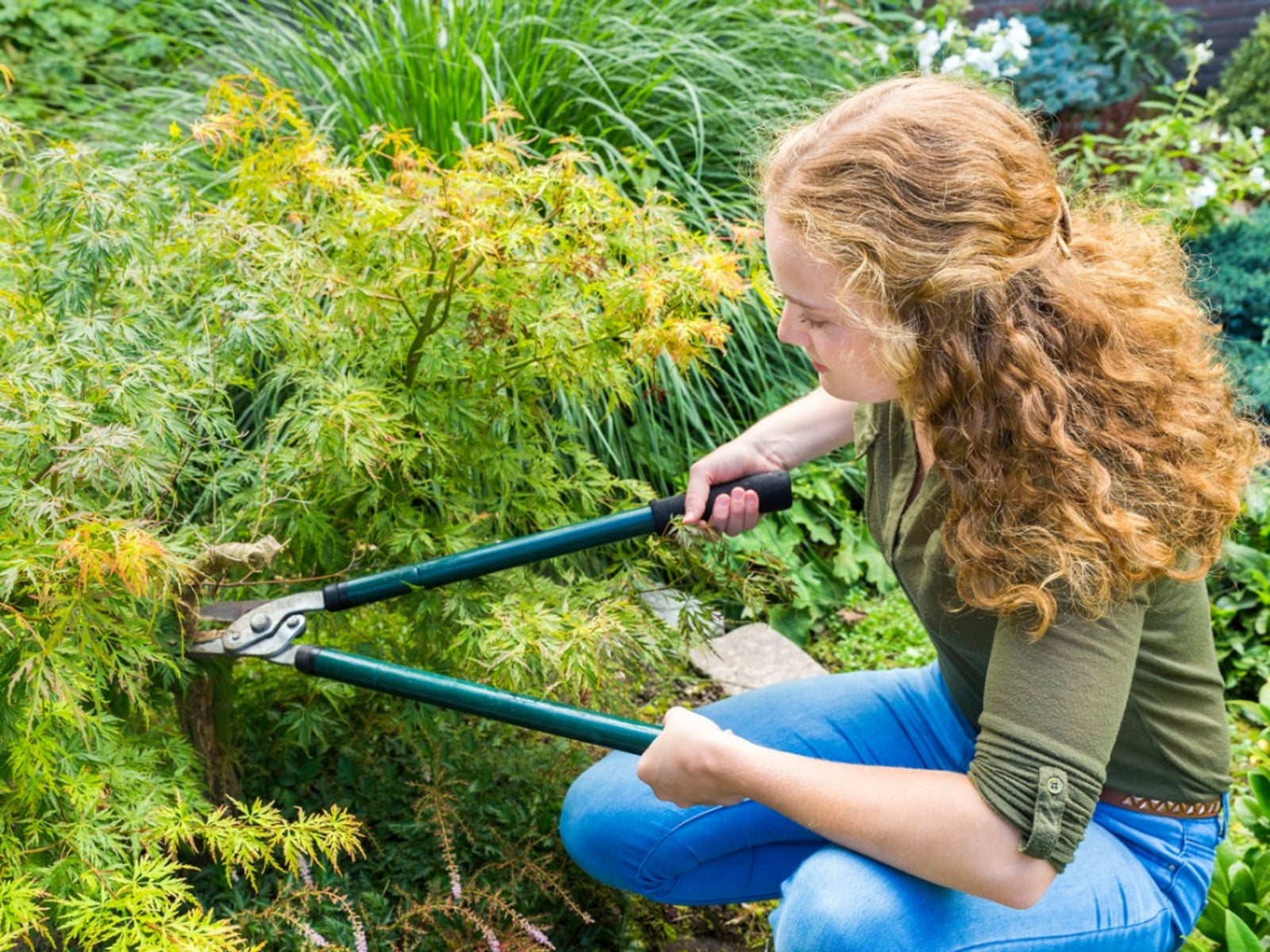

Japanese maples are spectacular landscape tree specimens that offer year-round color and interest. Some Japanese maples may only grow 6 to 8 feet (2 m.), but others will achieve 40 feet (12 m.) or more.
Pruning Japanese maples is rarely necessary in mature trees, if they have been trained when young. The graceful skeleton of the tree is accented by light trimming over the first few years of the tree's life. Learn how to prune a Japanese maple to enhance the attractive form of this beautiful tree.
Japanese Maple Care and Pruning
Japanese maples are deciduous trees that are used as ornamental shade specimens. Plants that are in light shade and protected from severe winds will need little supplemental care once established. Japanese maple care and pruning needs are minimal, which makes the tree an excellent choice for most garden needs.
These trees often have low-spreading canopies that arch out attractively, or may also be tall, angular trees with willowy limbs. Whichever type of Japanese maple you have, light trimming under the branches for access is recommended since the branches droop as the plant matures, and weighty limbs can grow too low and even put stress on the rest of the tree.
When to Prune a Japanese Maple
There are few rules on how to prune a Japanese maple. Late winter or early spring is when to prune a Japanese maple. This is its natural dormant period and less injury is caused by Japanese maple trimming during this time. For the most part, pruning Japanese maples is confined to removing dead wood and fine stems, which obstruct the handsome skeleton of the tree.
Young trees need to have the lowest limbs removed to enhance clearance. Begin training the tree when it is two or three years old. Remove any limbs that are rubbing against each other or are too close. Prune out small twigs and branches on the interior of the tree. This helps produce an attractive form and silhouette.
Pruning Japanese Maples
Any tree trimming requires sharp, clean tools. Sharp blades create smooth cuts that heal better and cause fewer traumas to the tree. Use a sharpener during the pruning process to keep the edge on any pruning tools. Make sure they are clean by wiping the blades with a light bleach and water solution to prevent spreading diseases that might have been acquired from other plants.
Gardening tips, videos, info and more delivered right to your inbox!
Sign up for the Gardening Know How newsletter today and receive a free copy of our e-book "How to Grow Delicious Tomatoes".
The general rule of thumb, even on neglected older trees, is to remove no more than 30 percent of the plant in any year. Make slow, careful cuts as you assess your progress. Step back frequently when Japanese maple trimming. This will allow you to see the whole tree and plan the next cut to preserve and enhance the natural shape of the plant.
Pruning Japanese maples is a low maintenance chore if done annually. This will guarantee a healthy, beautiful tree that will grow strong and add years of beauty to your home landscape.

Bonnie Grant is a professional landscaper with a Certification in Urban Gardening. She has been gardening and writing for 15 years. A former professional chef, she has a passion for edible landscaping.
-
 4 Superfast Composting Methods: Turn Waste Into Garden Gold In 30 Days Or Less
4 Superfast Composting Methods: Turn Waste Into Garden Gold In 30 Days Or LessTry the fastest composting methods to turbocharge your pile and transform kitchen scraps and garden waste into finished compost in just a few weeks.
By Mary Ellen Ellis
-
 Best Spider Plant Soil – Complete Soil Guide And Expert Tips For Keeping Plants Happy
Best Spider Plant Soil – Complete Soil Guide And Expert Tips For Keeping Plants HappySpider plants are fun and easy plants to grow, but what is the best soil for a spider plant? Selecting the right soil is important so they can thrive.
By Bonnie L. Grant
-
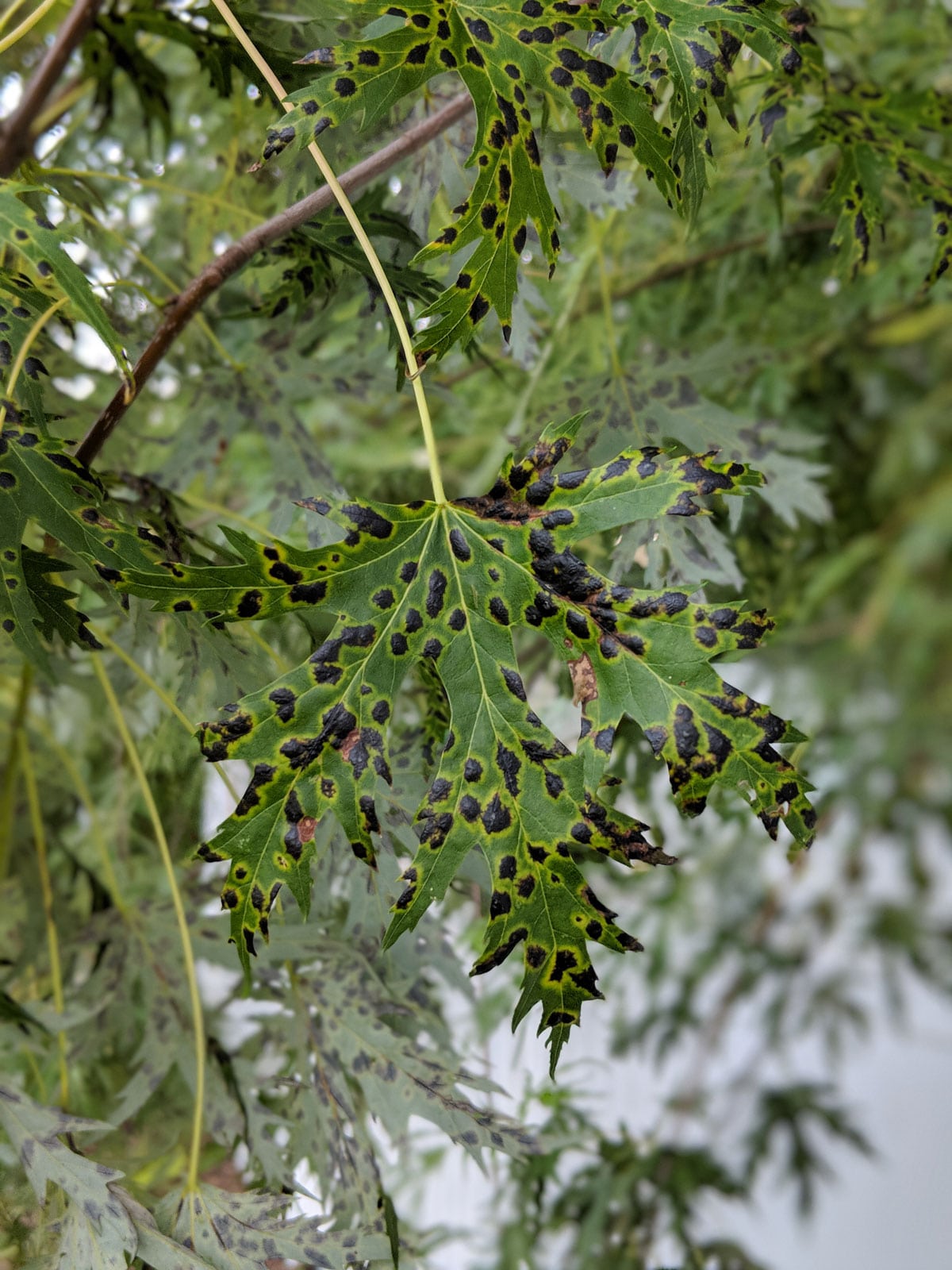 Japanese Maple Tar Spots: Treating A Japanese Maple With Tar Spots
Japanese Maple Tar Spots: Treating A Japanese Maple With Tar SpotsOnce established, Japanese maple plantings usually require little attention from homeowners, with the exception of a few common tree issues – tar spot on Japanese maples being one of these. Learn about treating a Japanese maple with tar spot in this article.
By Tonya Barnett
-
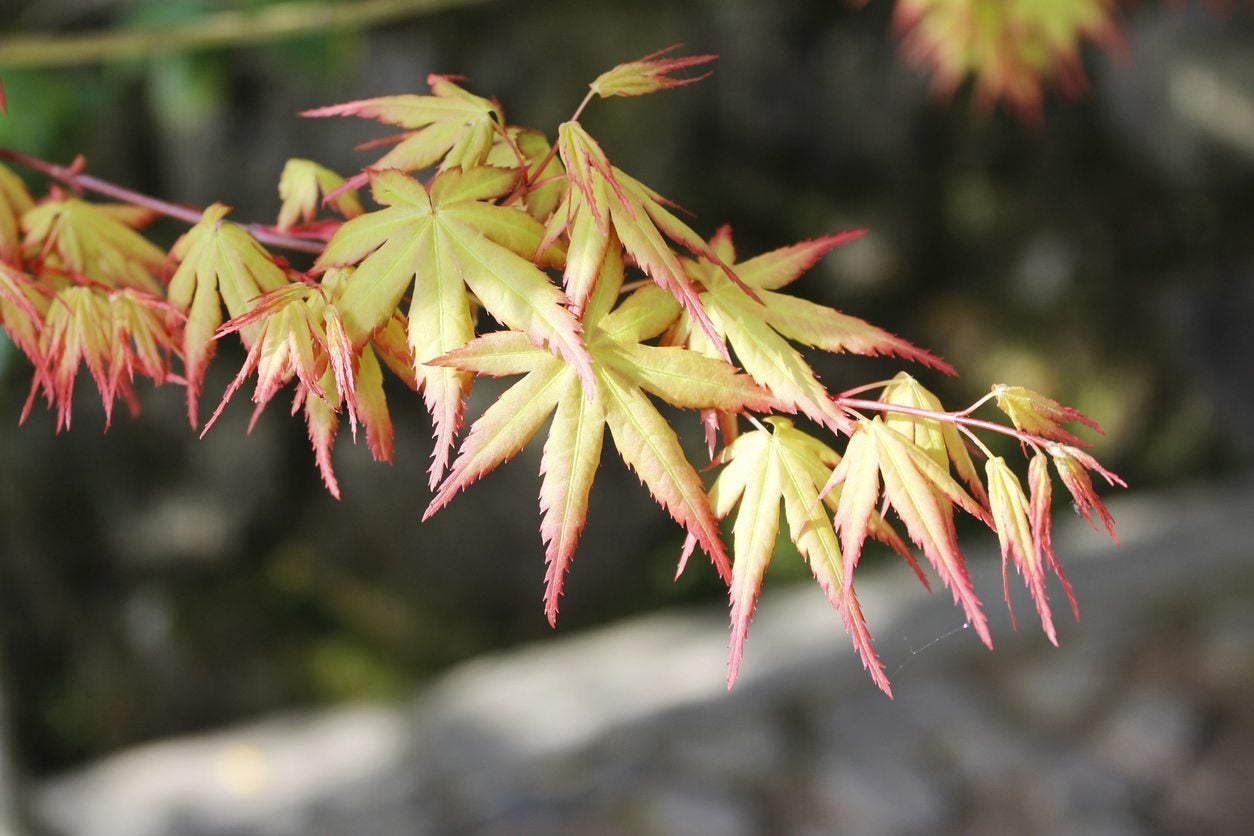 Why Japanese Maple Won’t Leaf Out – Troubleshooting A Leafless Japanese Maple Tree
Why Japanese Maple Won’t Leaf Out – Troubleshooting A Leafless Japanese Maple TreeFew trees are more charming than Japanese maples with their deeply cut, starry leaves. If your Japanese maple won?t leaf out, it?s very disappointing. Leafless Japanese maple are stressed trees, and you?ll need to track down the cause. Click here to learn more.
By Teo Spengler
-
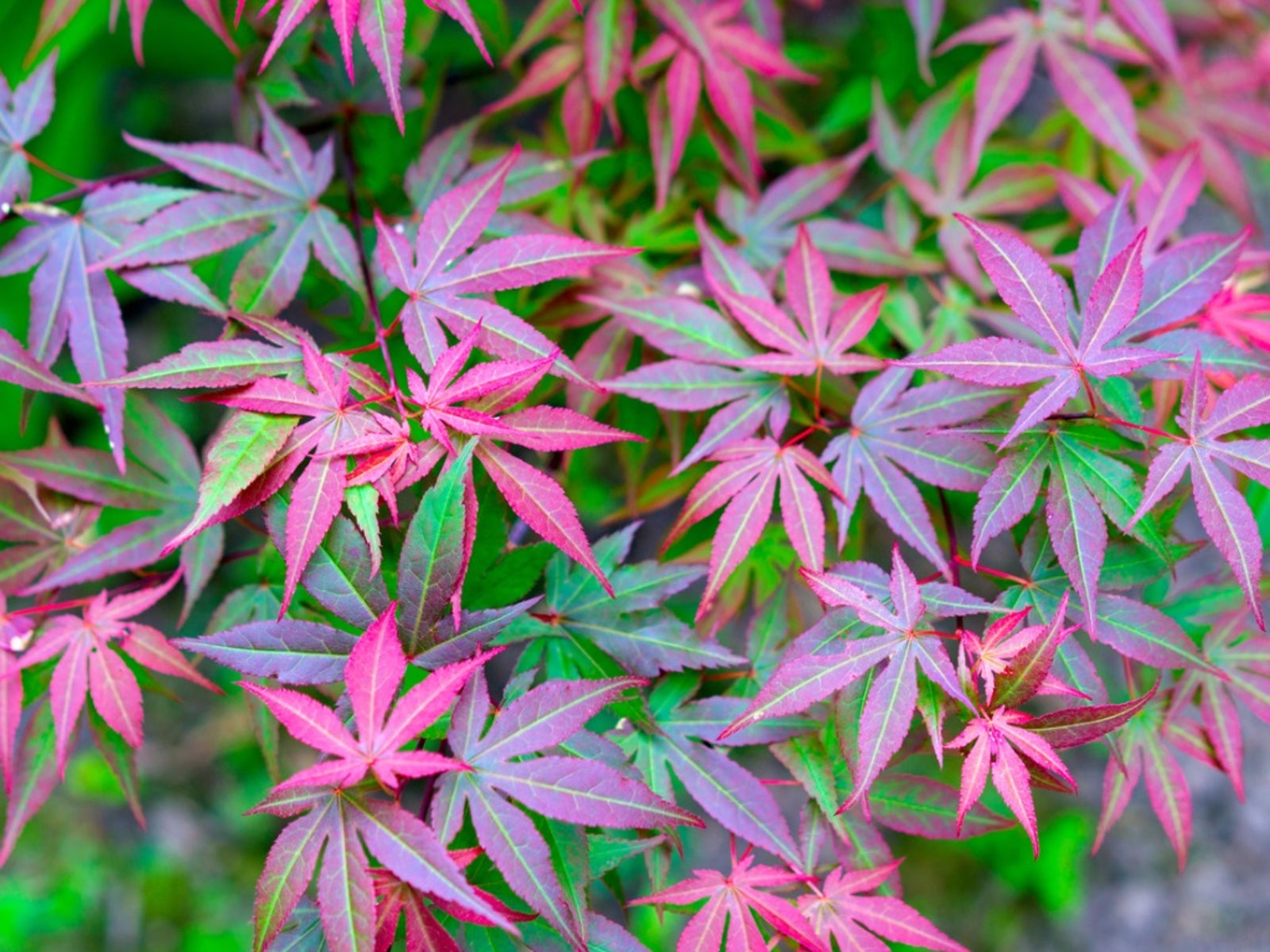 Japanese Maple Leaf Spot: What Causes Spots On Japanese Maple Leaves
Japanese Maple Leaf Spot: What Causes Spots On Japanese Maple LeavesWith a compact size, interesting foliage, and beautiful colors, Japanese maple can anchor a space and add a lot of visual interest. If you're seeing spots on Japanese maple leaves, though, you may be worried for your tree. Find out what those spots are and what to do about them here.
By Mary Ellen Ellis
-
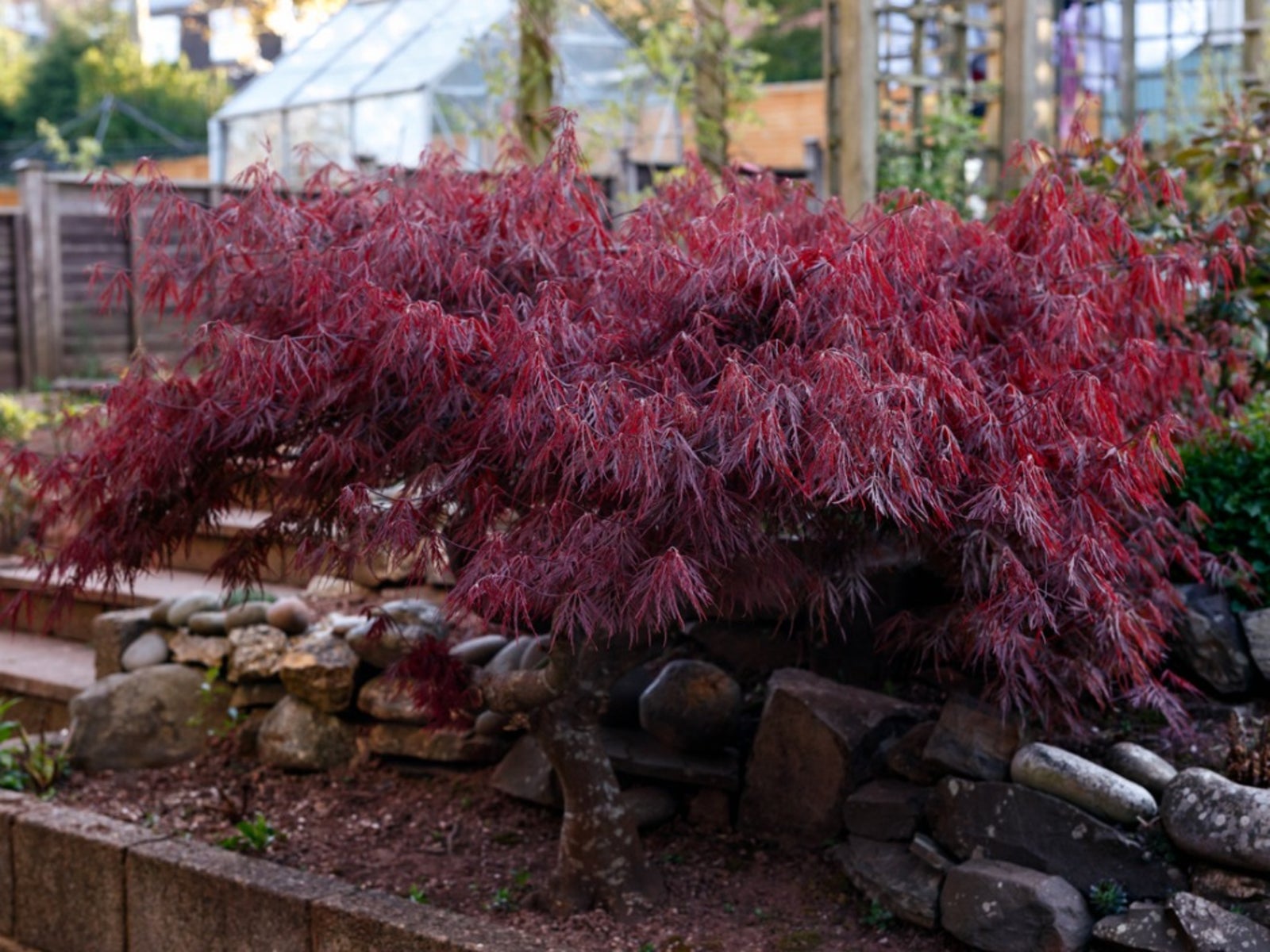 Japanese Weeping Maple Care: Tips For Growing Japanese Weeping Maples
Japanese Weeping Maple Care: Tips For Growing Japanese Weeping MaplesJapanese weeping maple trees are among the most colorful and unique trees available for your garden. And, unlike regular Japanese maples, the weeping variety grows happily in warm regions. Click this article for additional information about Japanese weeping maples.
By Teo Spengler
-
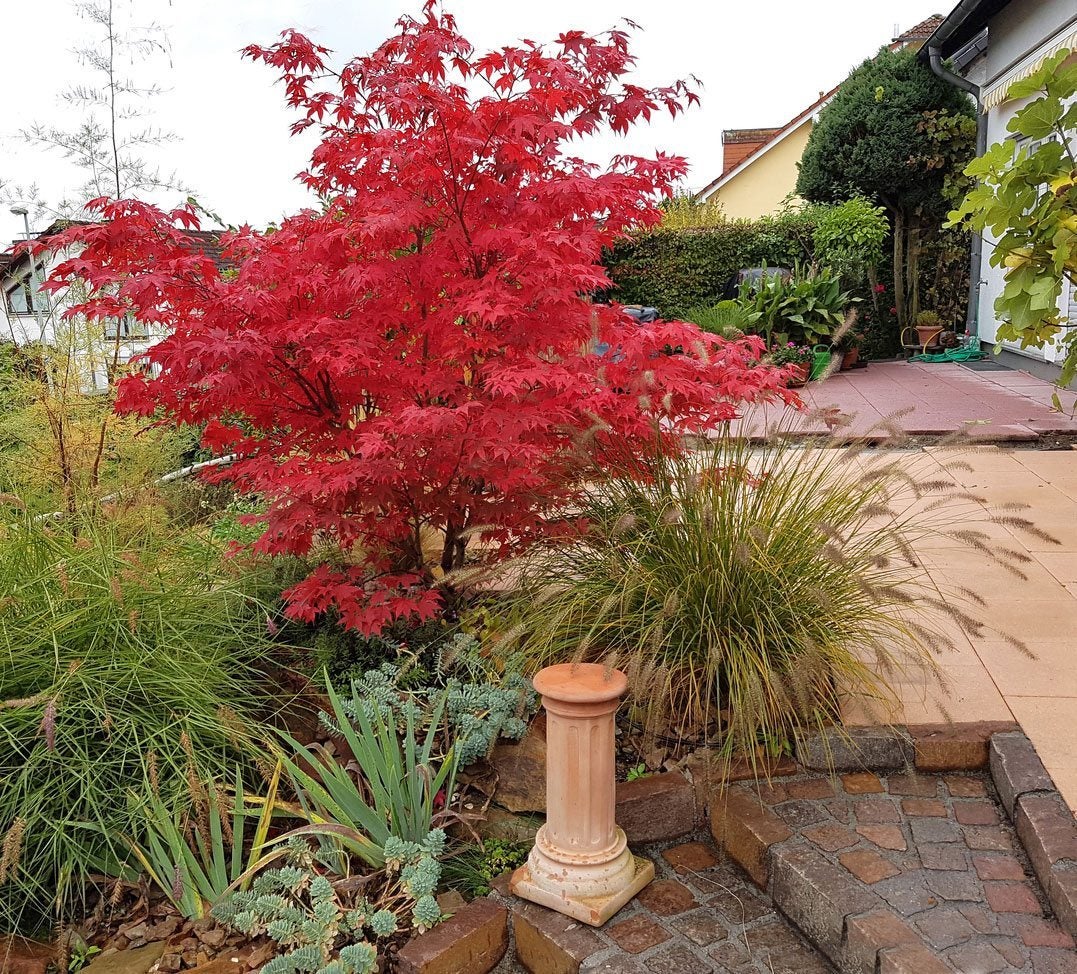 Japanese Maple Feeding Habits – How To Fertilize A Japanese Maple Tree
Japanese Maple Feeding Habits – How To Fertilize A Japanese Maple TreeJapanese maples are garden favorites with their graceful, slender trunks and delicate leaves. To keep your tree happy, you?ll need to site it correctly and apply fertilizer. If you want to learn when and how to fertilize a Japanese maple tree, this article will help.
By Teo Spengler
-
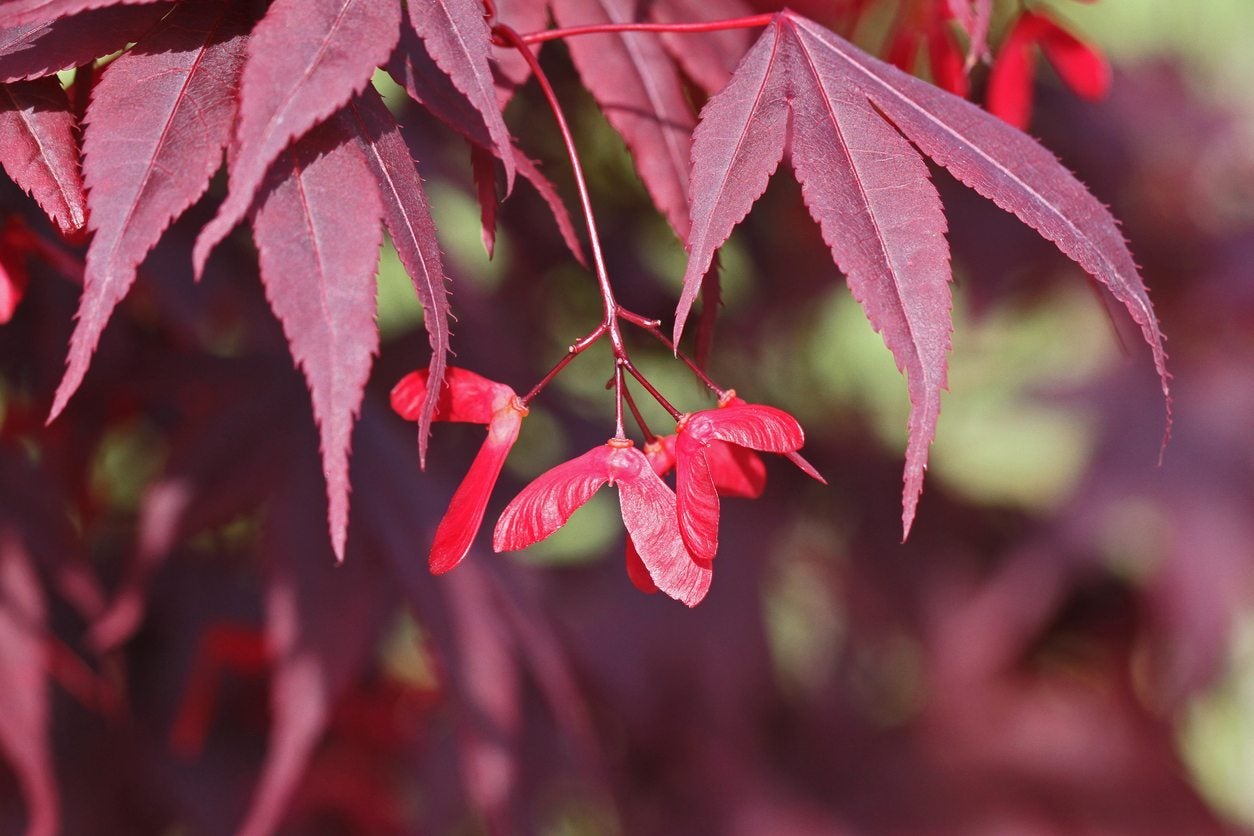 Japanese Maple Seed Propagation: Tips On Planting Japanese Maple Seeds
Japanese Maple Seed Propagation: Tips On Planting Japanese Maple SeedsJapanese maples have a well-deserved place in the hearts of many gardeners. They are often bought as saplings, but it?s also possible to grow them yourself from seed. Learn more about how to germinate Japanese maple seed in this article.
By Liz Baessler
-
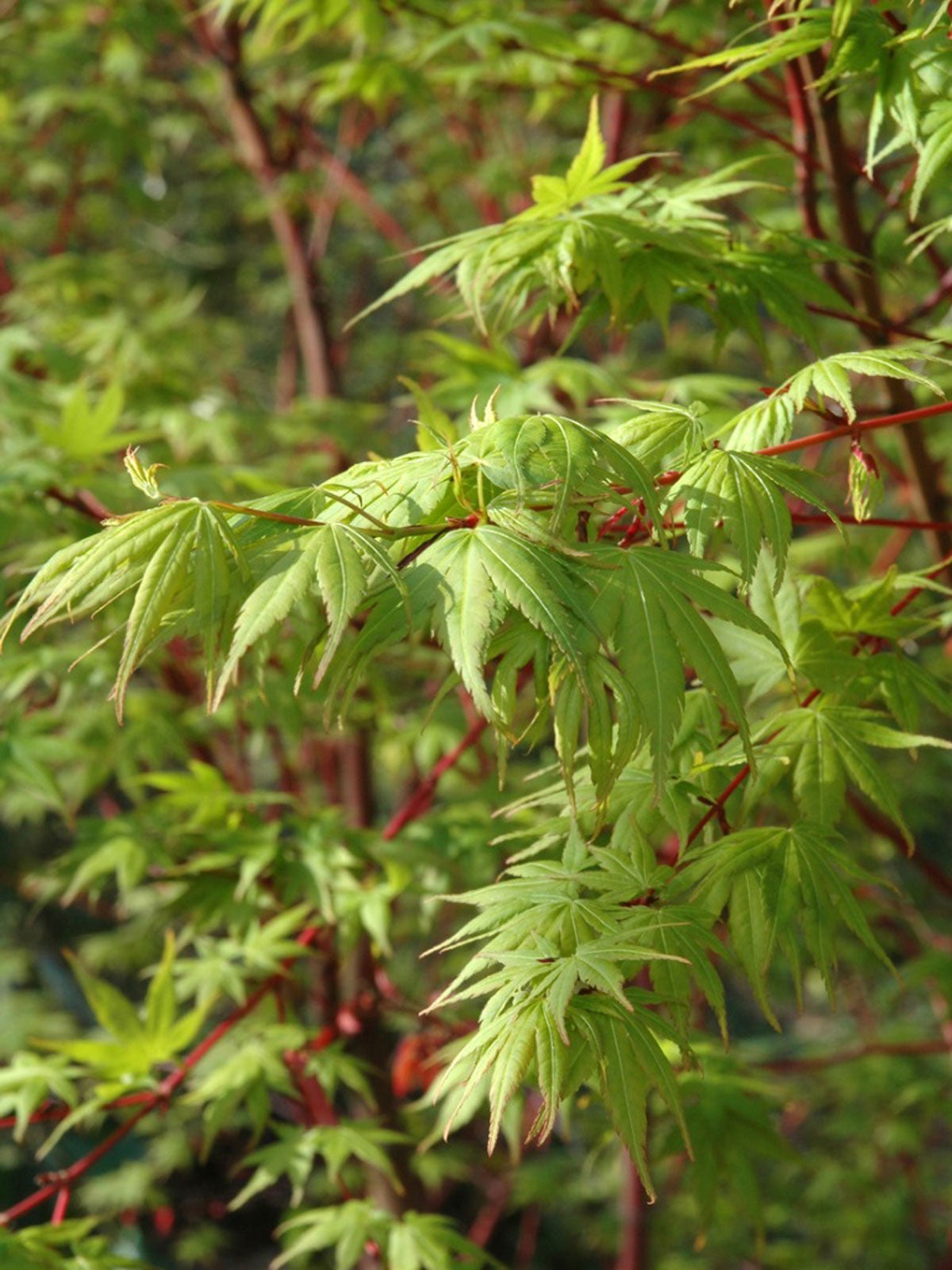 Coral Bark Maple Trees: Tips On Planting Coral Bark Japanese Maples
Coral Bark Maple Trees: Tips On Planting Coral Bark Japanese MaplesCoral bark maple trees (Acer palmatum "Sango-kaku") are Japanese maples with four seasons of interest in the landscape. Want to learn more about the coral bark tree? Click this article for additional information about this stunning tree.
By Darcy Larum
-
 Caring For Potted Japanese Maples – Growing Japanese Maples In Containers
Caring For Potted Japanese Maples – Growing Japanese Maples In ContainersCan Japanese maples be grown in containers? Yes, they can. If you have a porch, a patio, or even a fire escape, you have what you need to start growing Japanese maples in containers. If you are interested in planting a Japanese maple in a pot, click here.
By Teo Spengler